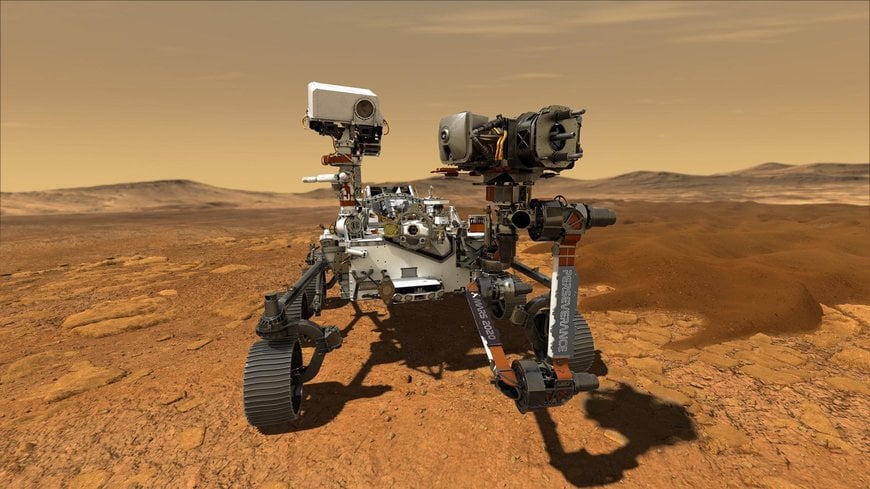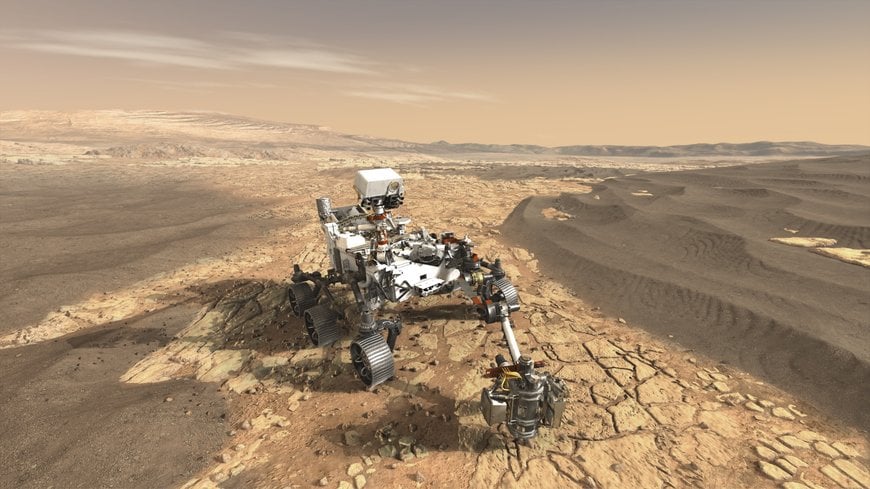IR HiRel marks milestone with NASA’s Mars Perseverance rover
NASA Jet Propulsion Laboratory is planning to send the Rover Perseverance on a journey to Mars. The launch is scheduled for 7:50 AM Eastern Daylight Time, with the landing on the Red Planet targeted for February 2021.

IR HiRel, an Infineon Technologies AG (FSE: IFX / OTCQX: IFNNY) company, supplied thousands of mission-critical radiation-hardened (rad hard) components for the rover. This marks the company’s fifth time with power electronics aboard a NASA Mars rover, with heritage in these missions starting with Sojourner in 1997, Opportunity and Spirit in 2004, and Curiosity in 2012.
“IR HiRel has been privileged to supply high-reliability power conversion solutions in space programs over the decades,” said Eric Toulouse, Vice-President and General Manager of IR HiRel. “The Mars Perseverance launch marks another important milestone in space exploration, and we are honored to have our semiconductor technologies used to power up this spacecraft.”
Several rover subsystems, such as the flight computer, motor control, radar, and mission instrument suite, integrate IR HiRel space-grade MOSFETs, ICs and other power control products that ensure reliable operation in the harsh space environment.
Perseverance carries a groundbreaking scientific instrument suite designed to test new technology and conduct advanced research in the harsh Martian environment. All this for seeking signs of habitable conditions and microbial life in the ancient past.

Specific rover instruments that contain IR HiRel semiconductors include:
- Mastcam-Z, a mast-mounted HD imaging camera system with panoramic, stereoscopic and zoom capabilities
- SuperCam, featuring a camera, laser and spectrometers searching for organic compounds potentially related to past life on Mars
- Planetary Instrument for X-ray Lithochemistry (PIXL), looking for signs of past Martian microbial life
- Scanning Habitable Environments with Raman and Luminescence for Organics and Chemicals (SHERLOC), a UV spectrometer for fine-scale detection of minerals, organic molecules and possible biosignatures
- Mars Oxygen In-Situ Resource Utilization Experiment (MOXIE), designed to produce oxygen from the planet’s atmospheric carbon dioxide
Infineon and IR HiRel offer a unique portfolio high-reliability, rad hard power conversion and RF solutions for space and other rugged environments.
www.infineon.com

